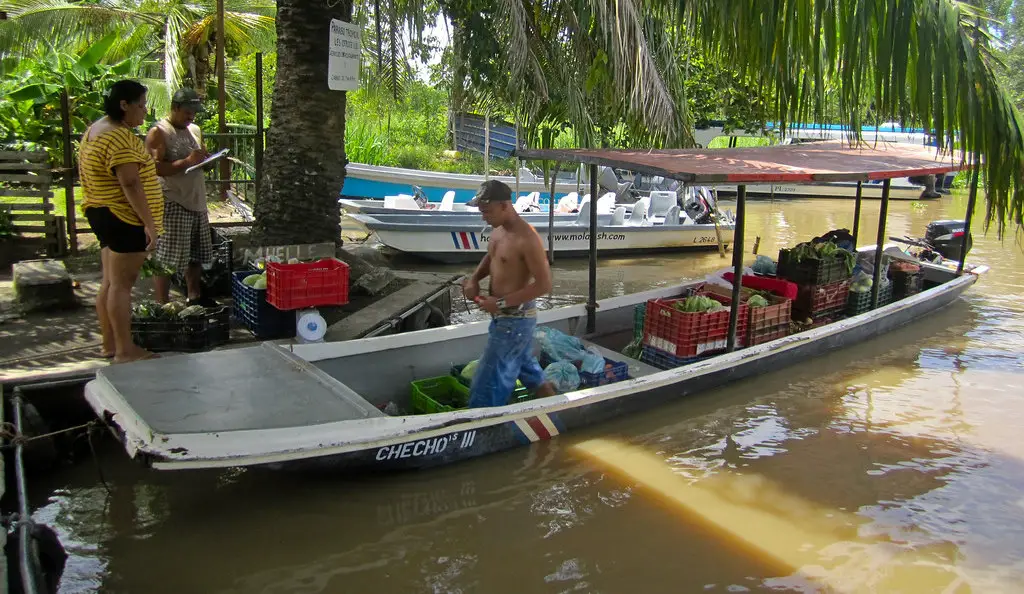Sustainability is widely discussed, regularly bypassing, or somehow overcoming, the fact that there’s no accepted and detailed definition of what it is or involves. Consensus exists that sustainable development must consider economic, environmental and social criteria, but a more detailed understanding remains elusive. This is unsurprising. Not only is sustainability complex, but it’s context dependent.
Alongside this sustainability debate, a more pragmatic approach has emerged that puts communities first. By narrowing the focus to sustainable communities, understanding, agreement, and impact theoretically becomes easier. But first: what exactly makes a sustainable community?
Foundations of the Sustainable Community Concept
A key moment for the concept of sustainable communities came during the 1992 United Nations Conference on Environment and Development. ‘The Earth Summit’, as the event was informally known, saw the publication of Agenda 21, intended as a global action plan to address ‘a perpetuation of disparities between and within nations, a worsening of poverty, hunger, ill health and illiteracy, and the continuing deterioration of the ecosystems on which we depend for our well-being’
While acknowledging environmental concerns, Agenda 21 was one of the first high profile publications to prioritise the social aspect of sustainability – something which has continued to be debated in the years since its publication. One chapter, on the other hand, encouraged a more practical approach to sustainability, resulting in less debate and receiving government endorsement on local, national, and international levels. Referred to as ‘“a local Agenda 21” for the community’ within the publication itself, the more practical phrase ‘sustainable communities’ soon began to be used in its place in everyday language.
As already noted, pinpointing a precise sustainability definition that everyone agrees on is difficult. Yet reaching a general understanding of what ‘sustainable communities’ involves has been comparatively straightforward. Most agree that a key element of a sustainable community is the use of resources to serve current residents, whilst ensuring that adequate resources are available for future residents.
Detailing Sustainable Communities
In 2005, ministers from across Europe got together and endorsed eight characteristics said to represent a sustainable community. Known as the Bristol Accord, this publication saw economic and environmental issues sitting alongside social ones, with ‘places that are considerate of the environment’ receiving a mention, and ‘a flourishing, diverse and innovative local economy’ also noted as important.
However, it was inclusivity, participation, and accessibility that received the most attention. Calling for varied and accessible services and ‘shared community activities’ with ‘inclusive participation and representation’, the Bristol Accord made clear that equity is an integral part of a sustainable community.
If we are to better understand the creation of sustainable communities, specific criteria must be assigned. Economic sustainability and environmental sensitivity seem logical ingredients when trying to create sustainable communities – after all, an area with no employment opportunities and poor air quality is not conducive to sustainability. Similarly, improved accessibility to local services could be considered a key element of sustainable communities, with the potential to generate stronger community bonds and a population more engaged with local ongoings. Issues relating to equity are also important (and featured prominently within the Bristol Accord). Urban facilities should encourage inclusive participation, being used by as broad a portion of the communities they serve as possible. Ultimately, as with sustainability overall, social, environmental, and economic issues are critical even when taking a narrower focus on sustainable communities.
Photo: Andrew Leu. This is an updated version of a post originally published in November 2011.


